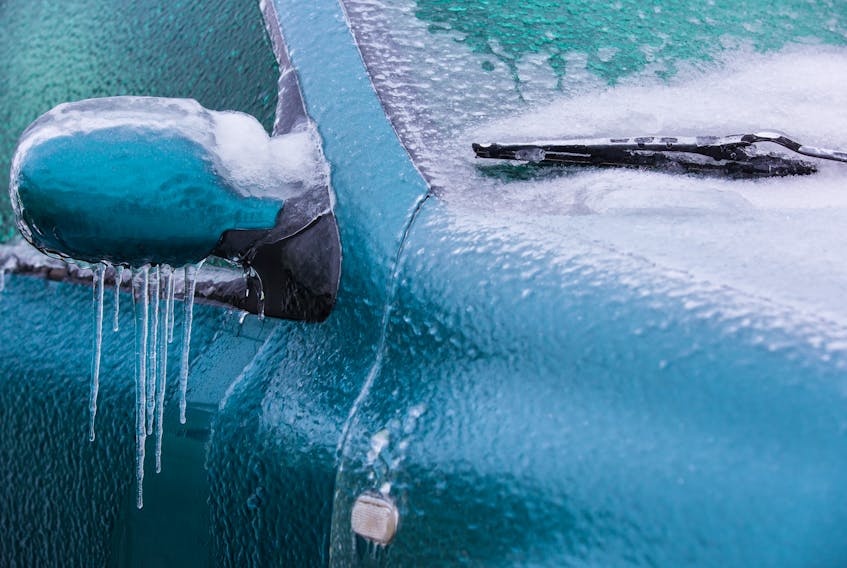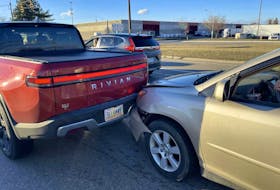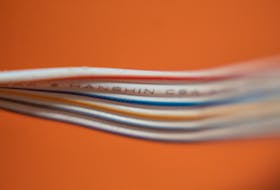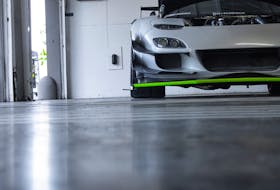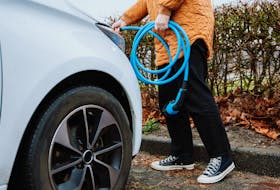No single season inflicts as much punishment and damage on our vehicles as a Canadian winter. Whether it’s snow and slush piling up in the wheel wells, or ice sticking stubbornly to any surface you can think of, winters are hard on the rides.
There are a few areas where Old Man Winter can be downright sneaky when it comes to inflicting pain on our chariots, including glass and seals.
Windshields can crack if enough ice builds up at the bottom of the glass. If you take a close look at the bottoms of most windshields, you’ll find the lower edge is completely exposed, leaving a substantial lip on top of the panel below and beneath it. If the right mix of snow and slush accumulates in this area, a sudden drop in temperature can freeze it. It can expand and stress the glass to the point where it cracks.
A quick brush-off for prevention
Preventing this is relatively easy. Make sure to use your snow brush to clear away as much of the mess as possible. This allows the expansion forces of any freeze-up to move upward, and not directly against the bottom of the windshield glass.
On some vehicles, a frozen mass may envelope the wiper linkage below its plastic grill panel. That panel prevents most of this, but given the right precipitation and temperature, it can still happen. Before you turn the wipers on, always check to see if the blades are frozen to the glass. If they still refuse to budge once you turn them on, immediately flip the switch off, and check for ice buildup under the wipers where the linkages sit.
If there is, the easiest and safest way to take care of this is to park the vehicle in a heated space where the ice will melt. If that’s not possible, you can try heating things up with a blow dryer. As a last resort, pour some cool (not warm or hot) water over the mess.
When moving parts won’t move
We’ve all suffered from frozen-door syndrome on frosty mornings when they just won’t budge. This has become more common as many vehicles now have double door seals, where there’s a seal on the door and one on the frame. These weatherstrips are porous and retain moisture when they get wet. This can freeze the two seals together, making it almost impossible to open the door. Trunk-lid seals on sedans can be even worse, as the deep trough that surrounds the opening can trap and hold moisture that freezes when the mercury dips.
The cure for this is a generous application of silicone lubricating compound, commonly known as silicone spray. Any time you wash the vehicle in cold weather, or if you’ve driven on a mild but slushy day when overnight temps are expected to get downright nasty, coat the seals with the spray to help displace water and keep things moving.

